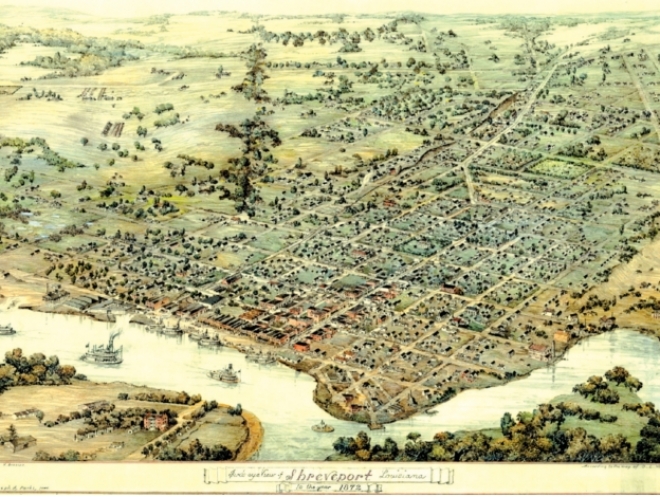Shreveport’s Historic Tragedy

Shreveport’s Yellow Fever epidemic claimed 1,200 lives in 1873.
City of Shreveport to Commemorate the 150th Anniversary of the Yellow Fever Epidemic
This year marks 150 years since the outbreak of the Yellow Fever Epidemic of 1873, which claimed the lives of approximately one-quarter of Shreveport’s population.
On scale, the Shreveport epidemic is counted as the third worst in United States history. The first cases appeared in late August, and the epidemic waned by mid- November, but in a span of just 12 weeks, over 1,200 lives were lost.
This fall, the city will have several events that mark this important milestone, including the dedication of a new memorial monument in Oakland Cemetery at the site of a mass burial of 800 yellow fever victims.
In addition, Louisiana State University at Shreveport plans to host a regional academic symposium to highlight the epidemic’s historical, demographic and economic impact. A special symphony by composer and conductor Kermit Poling, “The Angels Gathered,” will premiere to honor the five Roman Catholic priests who sacrificed their lives in Shreveport. Other cultural and civic events will also be part of the commemoration.
In 1873, federal quarantine forced the river port to close to commercial activity as the death toll climbed daily throughout September and October of that year. Historians see the event as the most transformative event in Shreveport history.
“For Shreveport to have suffered such rapid and dramatic population loss in 1873 and yet recovered so quickly is an indicator of economic prosperity and vitality in this community at the time,” notes LSUS history professor Dr. Cheryl White. “The staggering loss of life is really unparalleled for such a short period of time, and the fact that Shreveport rebounded says much about the important economic role this city played for the region and the nation.”
From its earliest history as the Red River connector to the Texas Trail, Shreveport thrived on commerce and therefore experienced all of the population variables that characterized river ports during the great age of the steamboat. Every year on record, Shreveport reported a variety of communicable illnesses among its dense population, including yellow fever.
William Bennett, one of the original founders of the Shreve Town Company and one of the earliest commercial settlers in the area, died of yellow fever in 1837. Within just a few years of its establishment and incorporation, Shreveport became well acquainted with “the saffron scourge,” also more commonly known as “yellow jack.”
That the illness is mosquito-borne was not fully realized until Dr. Walter Reed made the discovery in the early 20th century, but even in 1873, there was awareness that the illness abated with cooler temperatures. The yellow fever outbreak that struck Shreveport in 1873 was particularly virulent and unrelenting for reasons not completely understood.
Among the factors impacting this were heavier-than-normal rainfalls throughout late summer and into early fall, an abundance of commercial activity on the Red River with its resulting transient populations, and the population density clustered near the riverfront in Shreveport. Added to this was the unfortunate reality that the city was reluctant to identify an outbreak of yellow fever since this public proclamation would have economic consequences.
The best-surviving death record is the Daily Shreveport Times, which provided daily lists of the dead. This public record served as the starting point for local historian Dr. Gary Joiner, who oversaw an LSUS initiative to compile a list of names for the new memorial monument to be dedicated at the Yellow Fever Mound in Oakland Cemetery. As Joiner observes, “Although the local newspaper effectively ceased to report news during the peak of the epidemic, in this regard “The Times” became for us an important and enduring historical record. It allows us to finally commemorate these victims, 150 years later.”
